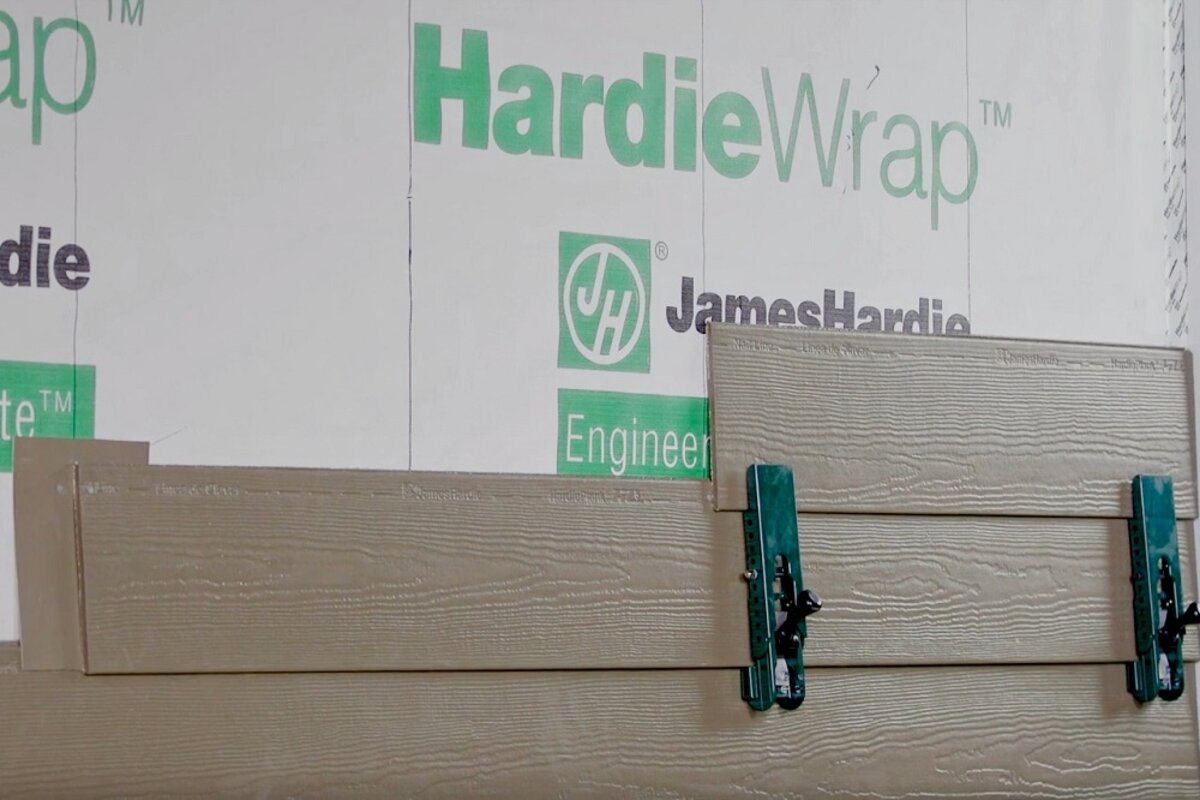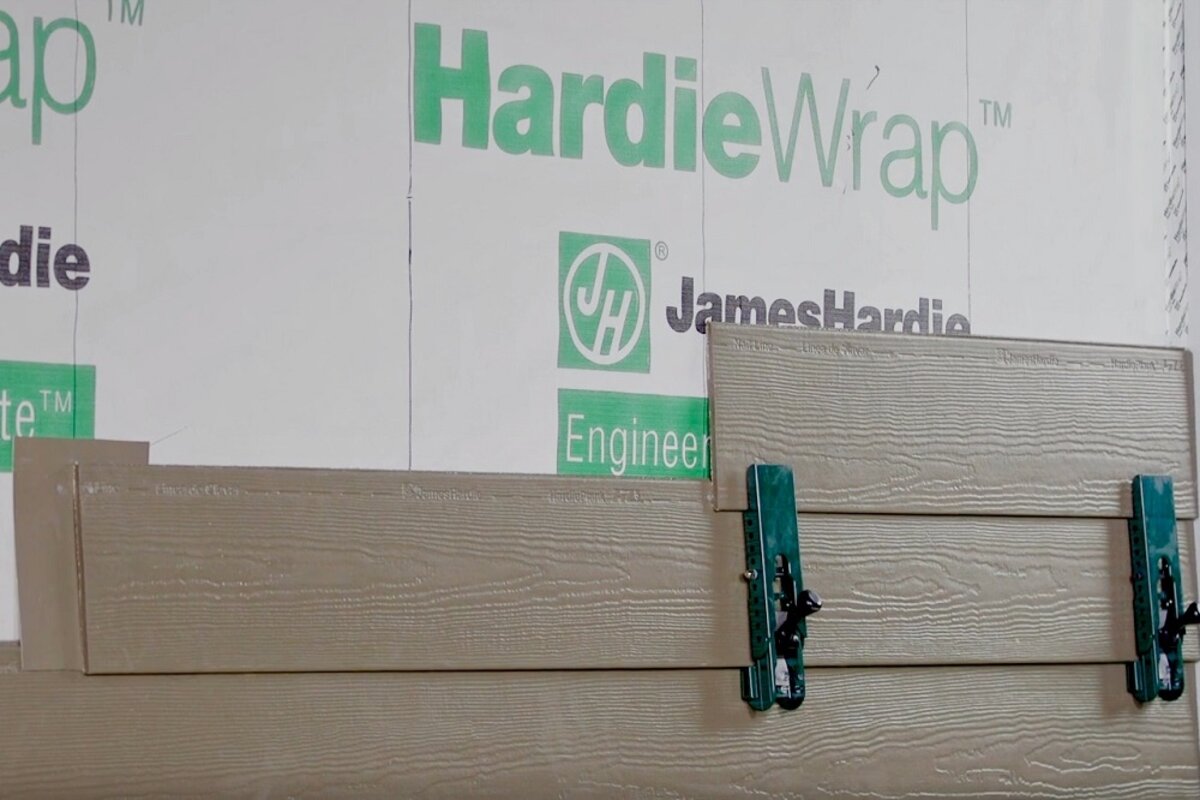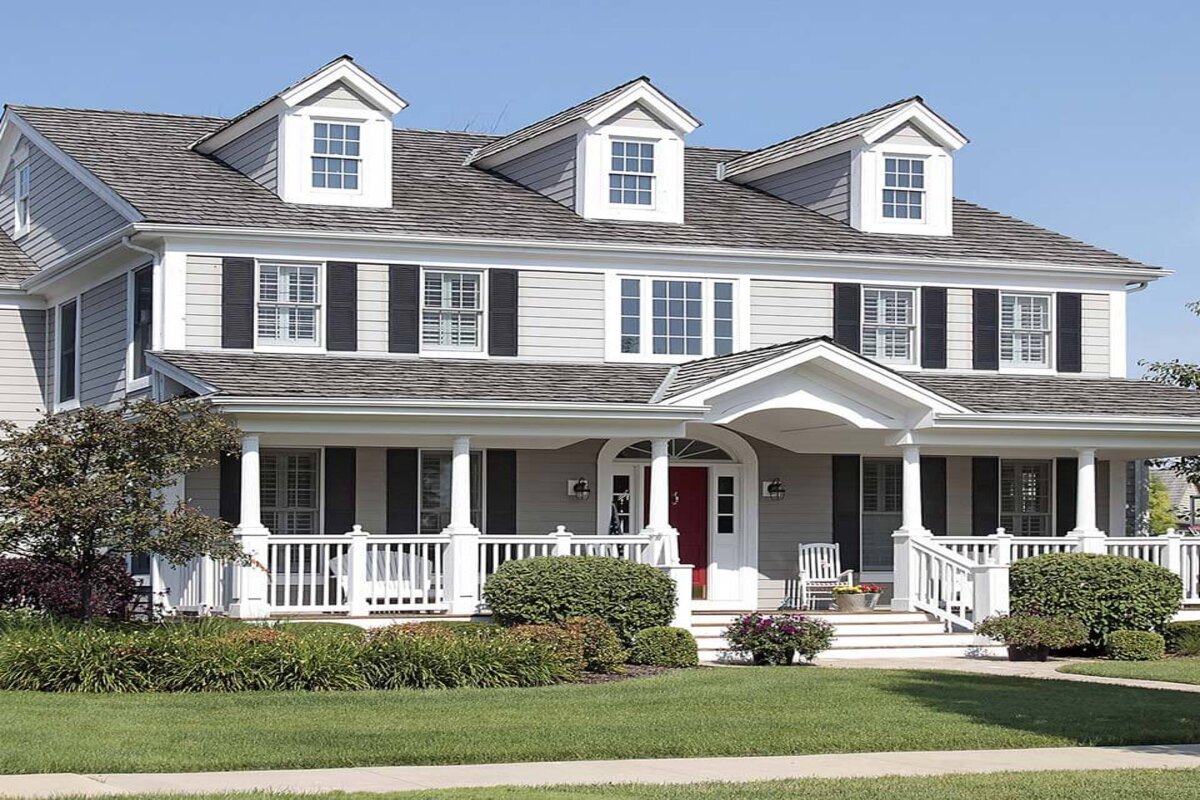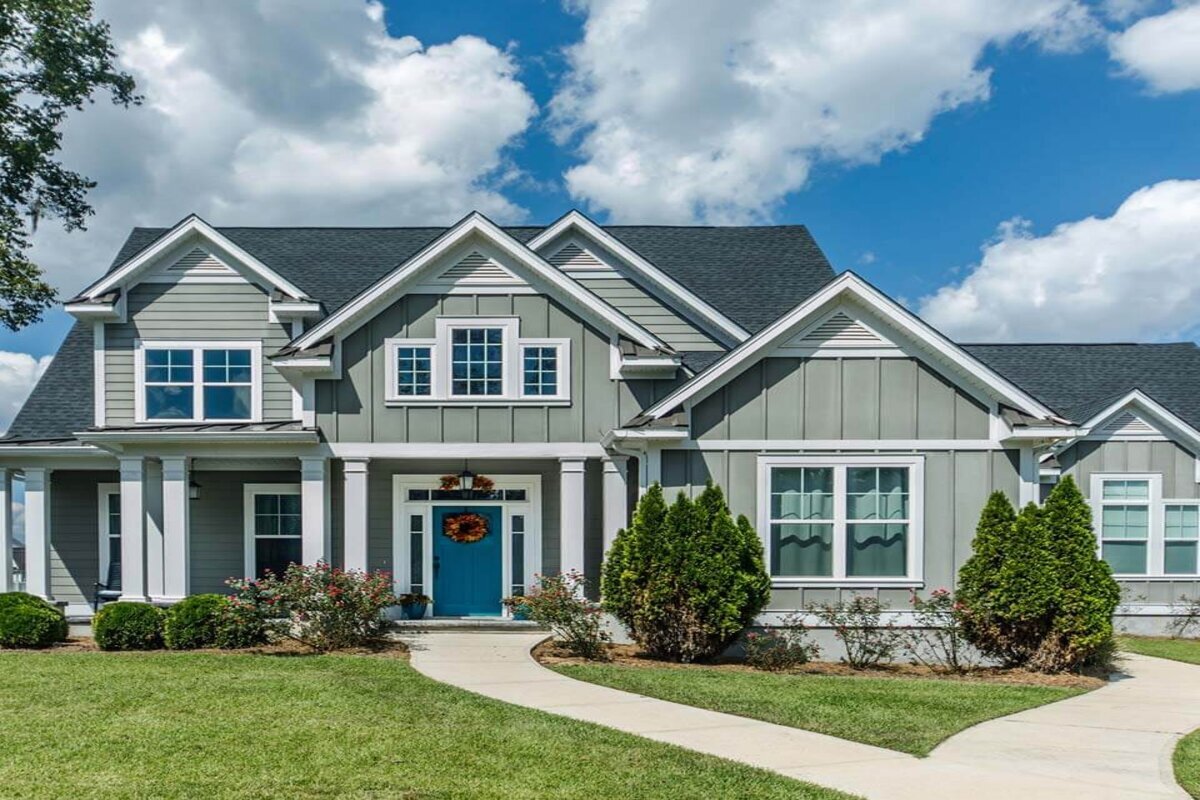Small siding issues can quickly become big problems if left unaddressed. What starts as a bit of peeling paint or a soft spot in the wood might lead to serious moisture damage or structural concerns. That’s why many homeowners find themselves asking the same question: should I opt for a full siding replacement or stick with partial siding repairs?
The answer depends on several factors, including how long you plan to stay in your home, your budget, and the overall condition of your current siding. In this article, we’ll walk you through the pros and cons of both options to help you make the right choice for your home and your long-term plans.
Why Homeowners Consider Partial Siding Repairs
Many homeowners lean toward partial siding repairs because it seems like a quicker, more affordable solution. In fact, nearly 25% of the people who contact us are unsure whether they should repair their current siding or replace it entirely. Some of them had new siding installed five to eight years ago but opted to repair and repaint rather than replace back then. Now, they’re calling us again because the repairs didn’t hold up as long as they expected.
The Cost of Quick Fixes
Partial siding repairs can be appealing because they’re often half the cost of a full siding replacement. However, there are a few things to keep in mind:
- Short-Term Savings vs. Long-Term Costs: While repairing and repainting might cost you $15,000 today, many homeowners find themselves spending even more in the long run. Over time, repeated repairs and maintenance can add up to $50,000 or more.
- Lack of Longevity: If you plan to stay in your home for more than five years, partial repairs may not be the most economical choice. Constantly fixing wood rot and repainting can become a never-ending cycle, costing you more time and money.
When a Full Siding Replacement Makes More Sense
If you’re planning to live in your home for the next 10 to 20 years, investing in a full siding replacement is often the smarter choice. Here’s why:
Durability and Long-Term Value
- High-Quality Siding: Modern siding options, such as James Hardie siding, are designed to last for decades. Unlike wood siding, which requires regular maintenance, James Hardie siding can withstand harsh weather conditions and maintain its appearance for years.
- Reduced Maintenance: By opting for a full replacement, you eliminate the need for constant repairs and repainting. This means fewer headaches and more time to enjoy your home.
Financing Options
For many of our clients, financing a full siding replacement is a viable solution. For example, while partial siding repairs and repainting might cost $25,000, a complete James Hardie siding installation might cost $48,000. With financing, homeowners can spread out the cost and avoid spending $50,000 to $60,000 on repeated repairs over the next two decades.
Situations Where Partial Siding Repairs Aren’t Ideal
In some cases, partial siding repairs simply don’t make sense. Here are a couple of scenarios where a full replacement is the better option:
1. Homes with Recent Gutter Installations
We often see homes where the gutters were replaced recently, but the underlying wood rot wasn’t addressed. If you choose to repair your siding now, you’ll likely need to remove and reinstall your gutters. This process can cost almost as much as the original gutter installation, making it more practical to replace the siding altogether.
2. Panel Homes with Improper Installation
Homes with panel siding, such as LP SmartSide, frequently have installation issues, including missing flashing or insufficient water drainage. In these situations, repairing only a few panels may not effectively address the root problem. Without a full replacement, we cannot ensure proper installation or offer a reliable siding warranty.
How to Decide What’s Best for Your Home
If you’re unsure whether to go with partial siding repairs or a full replacement, ask yourself these questions:
1. How long do you plan to stay in your home?
- If it’s less than five years, partial repairs might make sense.
- If it’s 10 years or more, a full replacement will likely save you money in the long run.
2. What’s your budget?
- If you can afford it, investing in a full replacement now can prevent costly repairs later.
3. Is your current siding in good enough condition for repairs?
- If the siding has extensive damage or was improperly installed, repairs may not be effective.
In Summary
Choosing between partial siding repairs and a full replacement comes down to your long-term goals and budget. While partial repairs might seem more economical upfront, they often lead to higher costs over time. On the other hand, investing in a full siding replacement with durable materials like James Hardie siding can save you time, money, and stress in the long run.
If you’re still unsure about which option is best for your home, contact us. We’re here to help you make the right choice for your needs and ensure your home stays protected for years to come.








